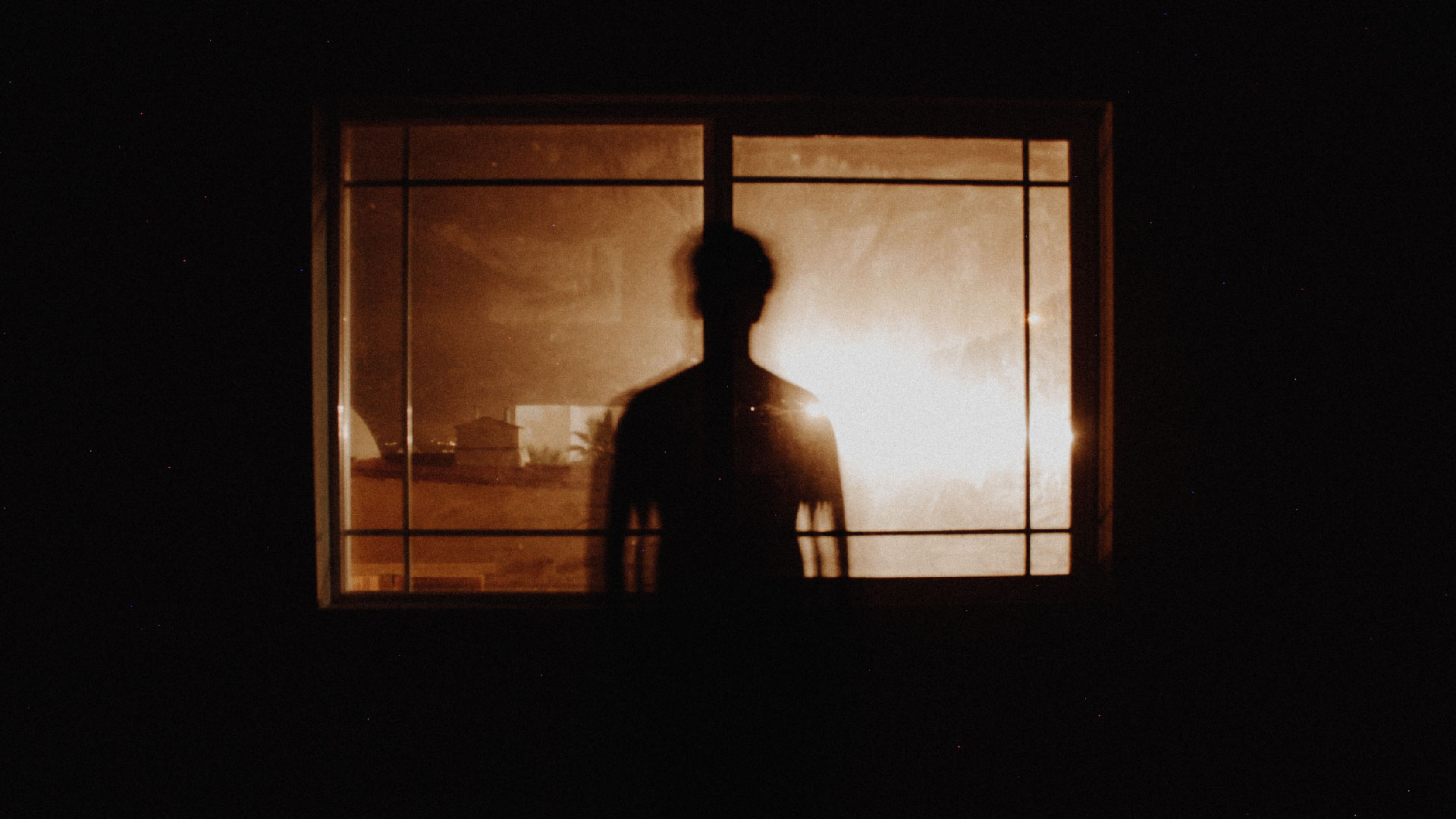In a paper published in 1909, the French psychiatrist Raoul Leroy described a peculiar mental disorder characterized by hallucinations of little people or Lilliputians (named after characters from Jonathan swift’s Gulliver’s Travels). The hallucinations that Leroy himself had experienced once in 1909, were described as miniature, colorful, greatly animated, and pleasant.
Recently, researcher Jan Dirk Blom reviewed 226 documented cases of Lilliputian hallucinations from 145 case reports, providing valuable insights into the rare psychological phenomenon.
“They (hallucinations) involved tiny men, women, children, gnomes, imps, or dwarfs, often strikingly dressed as harlequins, clowns, dancers, soldiers, peasants, ‘mandarins’, ‘caftan wearers’, and so on.”
In a majority of cases, the hallucinated beings were numerous, sometimes numbering several thousand or even several million (two cases). In most cases, they were greatly animated – jumping on chairs, dancing on the table, climbing up furniture, marching along in files or squads, or performing acrobatics. According to Dirk Blom, they fall into the category of “reality-grounded projective hallucinations” since they are grounded in the actual environment and seem to obey the laws of physics and three-dimensional space.
The beings were 1mm to 1m tall (mean height = 23cm) and in some cases were accompanied by giant hallucinated beings (Brobdingnagian Hallucinations). The hallucinatory episodes lasted from a few seconds to many decades. The fact that 46% of the patients attributed negative qualifications to these hallucinations (e.g. ‘frightening’, ‘annoying’, ‘exhausting’, ‘menacing’), 36 % attributed positive qualifications (e.g. ‘entertaining’, ‘soothing’, ‘amusing’, ‘hilarious’), and 8% attributed neutral or mixed qualifications, dis-confirms Leroy’s earlier hypothesis that they are always pleasurable.
Dirk Blom estimates the prevalence of Lilliputian hallucinations to 30–80 per 10,000 in clinical populations of psychiatric patients, making it incredibly rare. The paper discusses in addition to the results of review, the historical aspects of the disorder and causal mechanisms. You can read it here.








